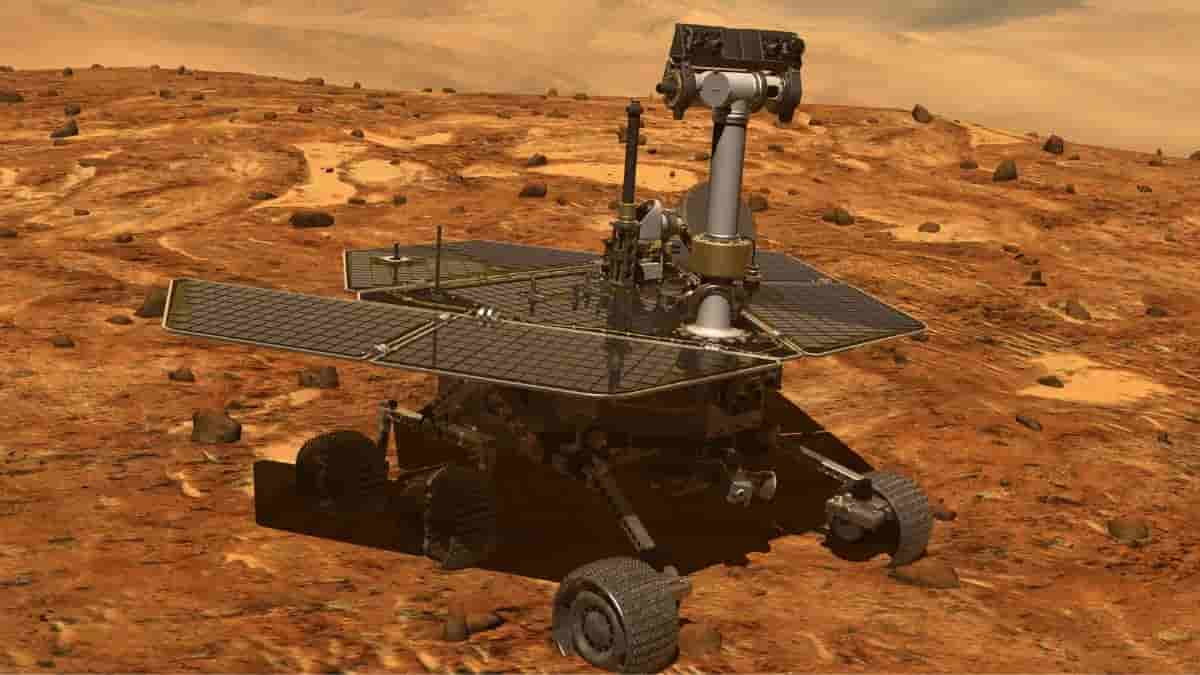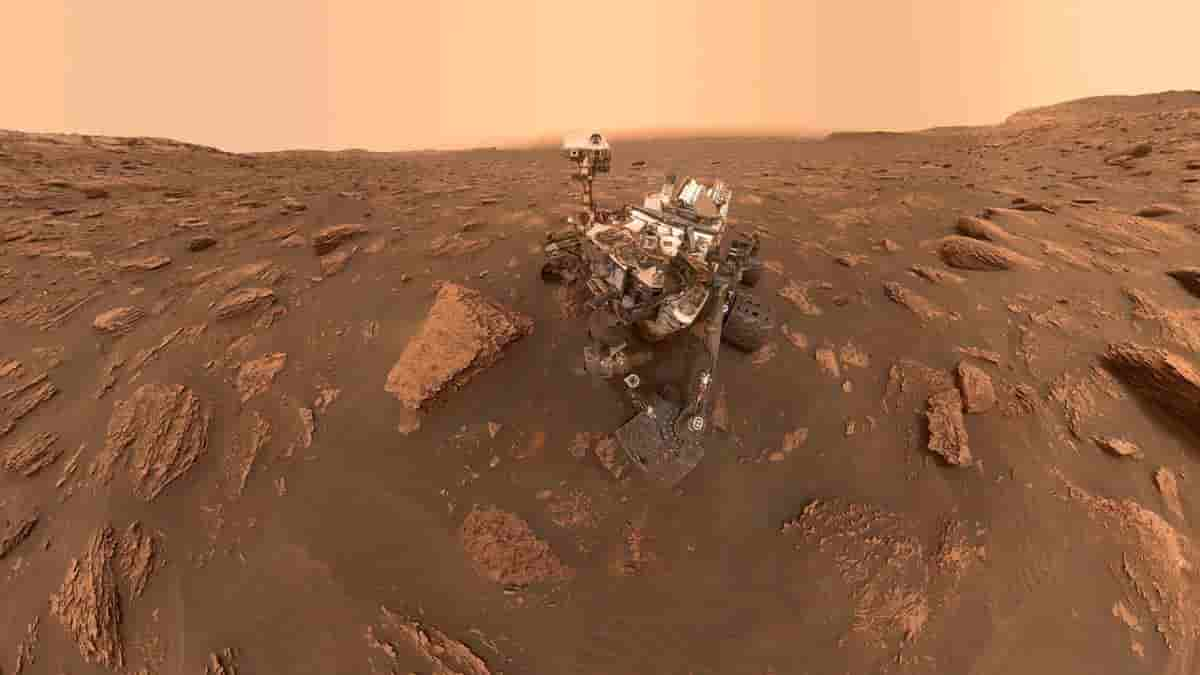NASA’s Curiosity Mars Rover Is Still Moving After 10 Years Since Landing

Today marks ten years since a jetpack lowered NASA’s Curiosity rover onto Mars, starting the SUV-sized explorer’s search for proof that Mars once had the conditions necessary to host microscopic life.
Since then, Curiosity has traveled nearly 18 miles (29 kilometers), climbed 2,050 feet (625 meters), and traversed nearly 18 miles (29 kilometers) as it investigates Gale Crater and the slopes of Mount Sharp within it. To discover what the 41 rock and soil samples tell about Earth’s rocky twin, the rover used a variety of scientific tools to study them. And it’s motivated a group of engineers to come up with solutions to reduce damage and keep the rover moving: In fact, NASA just extended Curiosity’s mission for an additional three years, enabling it to continue as one of the agency’s crucial astrobiological projects.

A Scientific Bounty
It’s been a tough ten years. Curiosity has photographed the moving moons and glistening clouds in the heavens above the Red Planet. With the aid of the rover’s radiation sensor, NASA can determine how much high-energy radiation potential humans would be exposed to while on the surface of Mars.
The fact that liquid water, chemical building blocks, and nutrients required for supporting life was present in Gale Crater for at least tens of millions of years is what matters most. A lake, whose size fluctuated throughout time, previously occupied the crater. The ecology of Mars has changed throughout time, and each layer higher up on Mount Sharp serves as a record of that change.
The adventurous rover is currently traveling through a canyon that delineates the entry point into a new area, one that is assumed to have developed as the water dried out and left behind salty minerals known as sulfates.
“We’re seeing evidence of dramatic changes in the ancient Martian climate,” said Ashwin Vasavada, Curiosity’s project scientist at NASA’s Jet Propulsion Laboratory in Southern California. “The question now is whether the habitable conditions that Curiosity has found up to now persisted through these changes. Did they disappear, never to return, or did they come and go over millions of years?”
Up the mountain, Curiosity has come very far. In 2015, the crew managed to take a “postcard” picture of several distant buttes. A tiny dot in that image is a boulder the size of Curiosity that has been dubbed “Ilha Novo Destino”; nearly seven years later, the rover trudged by it last month on its approach to the sulfate-bearing region.
The group intends to spend the ensuing years investigating the sulfate-rich region. The Gediz Vallis channel, which may have formed during a flood late in Mount Sharp’s history, and huge cemented fractures that exhibit the influence of groundwater further up the mountain are among the targets they have in mind for this region.
What is the key to Curiosity’s active lifestyle at the ripe old age of ten? Hundreds of hardworking engineers, naturally, working both locally at JPL and remotely from their homes.
To make sure Curiosity can safely perform the same tasks, they record every single crack in the wheels, test each line of computer code before beaming it into orbit, and drill into numerous samples of rock in JPL’s Mars Yard.
“As soon as you land on Mars, everything you do is based on the fact that there’s no one around to repair it for 100 million miles,” said Andy Mishkin, Curiosity’s acting project manager at JPL. “It’s all about making intelligent use of what’s already on your rover.”
For example, Curiosity’s robotic drilling procedure has undergone numerous redesigns since landing. The drill briefly went down for more than a year at one point while engineers changed the way it was used to make it more resemble a handheld drill. A set of brake devices that allow the robotic arm to move or remain in place recently ceased to function. The team has learned to drill more softly to protect the new brakes, even though the arm has been running normally since engineers activated a set of spares.
Engineers keep an eye out for hazardous areas like the knife-edged “gator-back” terrain they just discovered, and they have created a traction-control algorithm to help. This helps to limit damage to the wheels.
Similar measures have been made by the crew to manage the rover’s slowly dwindling power. Instead of solar panels, Curiosity runs on a long-lasting nuclear-powered battery to keep going. The battery’s plutonium pellets decompose, producing heat that the rover uses to create power. The rover’s ability to accomplish as much in a day as it did during its first year has decreased because of the slow disintegration of the pellets.
Mishkin said the team has identified which tasks may be carried out in tandem to maximize the energy available to the rover and is still budgeting how much energy the rover uses each day. “Curiosity is doing more multitasking where it’s safe to do so,” Mishkin added.
The team fully anticipates that the resourceful rover still has years of exploration ahead of it because of meticulous planning and engineering hacks.
The Bottom Line
Curiosity was developed for NASA by JPL, a branch of Caltech in Pasadena, which is also in charge of the project on behalf of NASA’s Science Mission Directorate in Washington.


